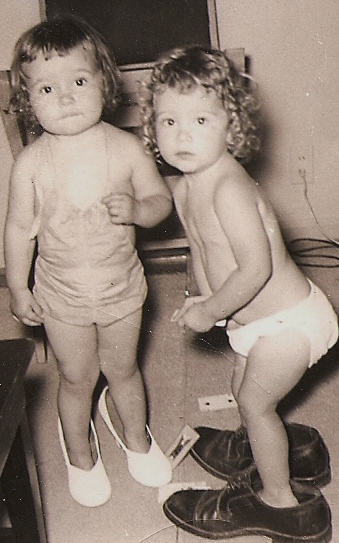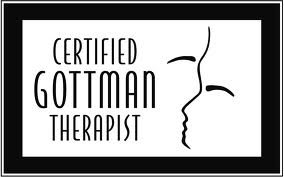
A lot of our stress comes from holding our undone tasks in mind; the more we have, the more they weigh upon us. Sometimes it’s not our actions but the actions we’re not taking that cause us stress. If we can generate ways to off-load the things on our to-do list from working memory, we are freed to focus on one thing at a time, relieving a sense of burden and at the same time allowing us to be more productive.
Full Engagement & Wholeheartedness
This idea of doing one thing at a time with full engagement of attention has been seen as crucial to a sense of well-being by many observers. In David Whyte’s book Crossing the Unknown Sea, he describes an exchange with Brother David Steindl-Rast, who says: “You know that the antidote to exhaustion is not necessarily rest? . . . The antidote to exhaustion is wholeheartedness.” (p. 132, emphasis original)
Finding Flow in Difficult or Unpleasant Tasks
This idea of full engagement as a part of well-being was observed by psychologist Mihaly Csikszentmihalyi, who researched the concept of “flow.” Tapping into this idea, he observed that when people are engaged in an activity that is moderately challenging( neither too easy nor too hard), allows some creative problem-solving, and absorbs the mind, they report that they can be lost in a task with little sense of time passing. On emerging, they feel a sense of satisfaction: pleasure in achievement, but also pleasure in the intrinsic reward of being fully engaged in something interesting.
It’s important, then, not just to focus on the product of your work—the outcomes, the problems solved, the things you get to cross off your list—but also the process. If in addition to achieving good work you are also using your skills and challenging yourself to improve, that, in and of itself, is gratifying.
A recent study, reported on in a New York Times piece, explored how people make decisions—and turned up some surprising findings. Researchers asked subjects to carry a bucket down an alley; they could pick a bucket close by, or an identical one closer to the alley’s end. Believing that people are inclined to save physical effort, the researchers expected that people would pick the bucket farther away, which would require less carrying. Instead, most people chose the bucket near them at the alley’s start.
Working Memory- The Mental Scratch Pad
They tried this experiment in eight different ways with the same result. Why? Researchers believe that people engage in “procrastination”—taking on tasks ahead of time because it feels so good to get it off our minds, even if it’s more work. We can also call this “offloading working memory.” Working memory refers to holding information in mind for a short span of time, just long enough to complete a brief task, as opposed to short-term or long-term memory, which stores information for later use.
Working memory is a mental scratch pad: once an item is completed, it’s crossed off and thrown away. You may remember from Psych 101 the magic formula 7 +/- 2. On average, humans can hold seven bits of data in mind at one time—plus maybe two on a good day, or maybe just five if you’re tired or stressed. There is a limit to what you can hold in your head at one time. That’s why phone numbers are seven digits.
If we try to hold too much information in our heads at once, it feels stressful, so we’ve developed strategies to offload tasks from your working memory. If you can confidently say, “I know I can get to that later; I don’t have to think about that now,” then you’re freed to focus on just the one thing in front of you. This is the reason behind to-do lists.
The Myth of Multitasking
The idea of doing one thing at a time is something we come back to again and again. It is impossible to do constantly but is something to aim for because of the greater feelings of satisfaction it produces. Multitasking is a myth: when you divide your attention between tasks you are less productive and less accurate.
It’s understandable that people want to offload from working memory, but answering trivial emails (tweets, phone calls), sharpening pencils, and so on, may seem like accomplishing things, but they pull focus from the important tasks. We have to select which of these to respond to and which will get done later.
Of course, a lot of what makes us human—and so successful—is our ability to plan and think ahead: we inhibit automatic, impulsive responses in favor of thoughtful, controlled responses. The kids in the famous impulse-control study who were more successful at inhibiting had higher GPAs, SATs, and higher-paying jobs in comparison to the kids who couldn’t stop themselves from going for the marshmallow. At the same time, we know that scholastic achievement does not necessarily make people happy and that restraining all impulses can make for a life without spontaneity and joy. Finding the balance is a crucial component for happiness.
What is it that makes us feel happy? Maybe it’s the wrong question. It is not happiness we should be seeking; we need to engage in meaningful work. As Eleanor Roosevelt wrote, “Happiness is not a goal, it is a by-product.”






